In animation, the term staging refers to the purpose of directing the audience's attention, and make it clear what is of greatest importance in a scene; what is happening, and what is about to happen. This can be done by various means, such as the placement of a character in the frame, the use of light and shadow, and the angle and position of the camera.
As shown in this post, the position and posture of the characters in the scene can greatly effect the staging and composition, in addition, it can help to place the characters within the situation, making them part of their environment and the story.
Some ways to strengthen the pose (and overall composition) of the character is to create a nice silhouette, this is the overall shape of a pose. This shape should read clearly even if the pose were filled in black you would still be able to tell what the character is doing.
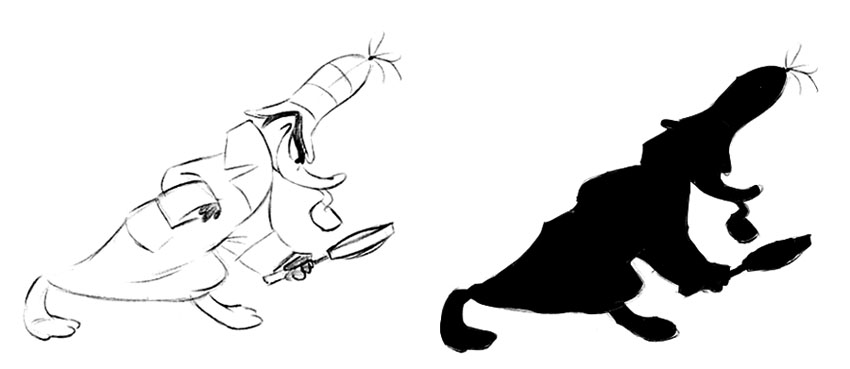
The use of negative space and overlapping shapes for posing characters creates clear silhouettes, see the empty spaces between the arms and legs and major forms in these drawings:

Another method is to create a strong line of action through your character. This helps your poses "read", it makes them clear and understandable and gives them a distinct non-ambiguous direction.

Here's some Preston Blair examples with Tom & Jerry:

If you study classical paintings, photography, comic books, and graphic design - you'll find that they all use this same principle. You need only to look at nature to find these lines of action:

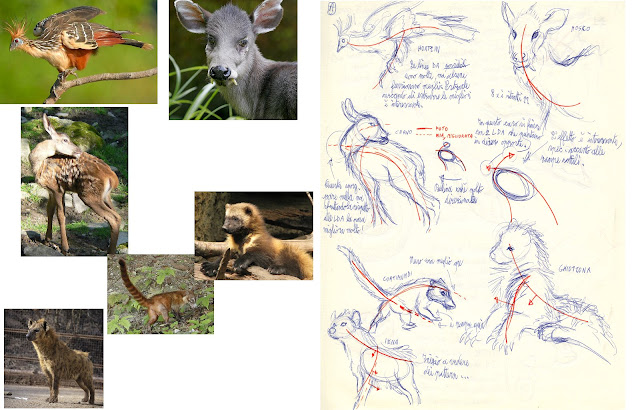
Lines of action are not limited to characters alone, here's samples by Bill Peet on how invisible lines can be found in the overall layout of a well composed scene or illustration to create rhythm, flow, and a focal point within the shot:
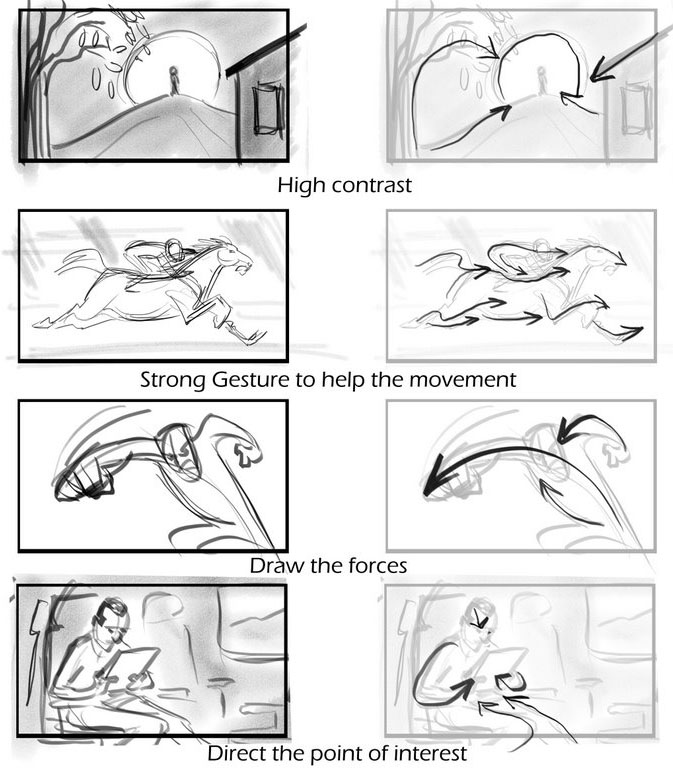
Most storyboard artists and animators follow this method as a basic principle for planning out the acting and motion of the animated characters - their attitude and behaviors become expressed through their physical body.
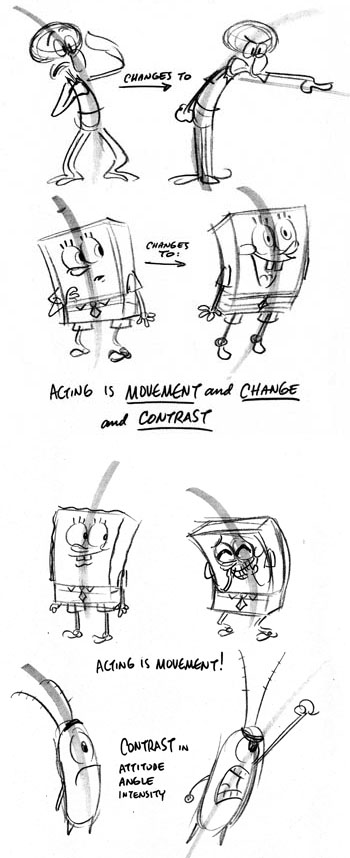
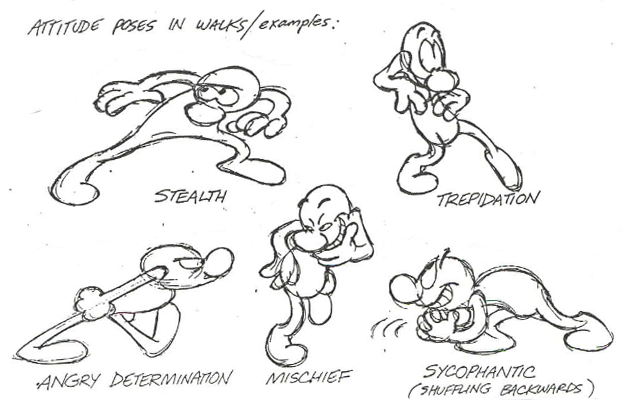

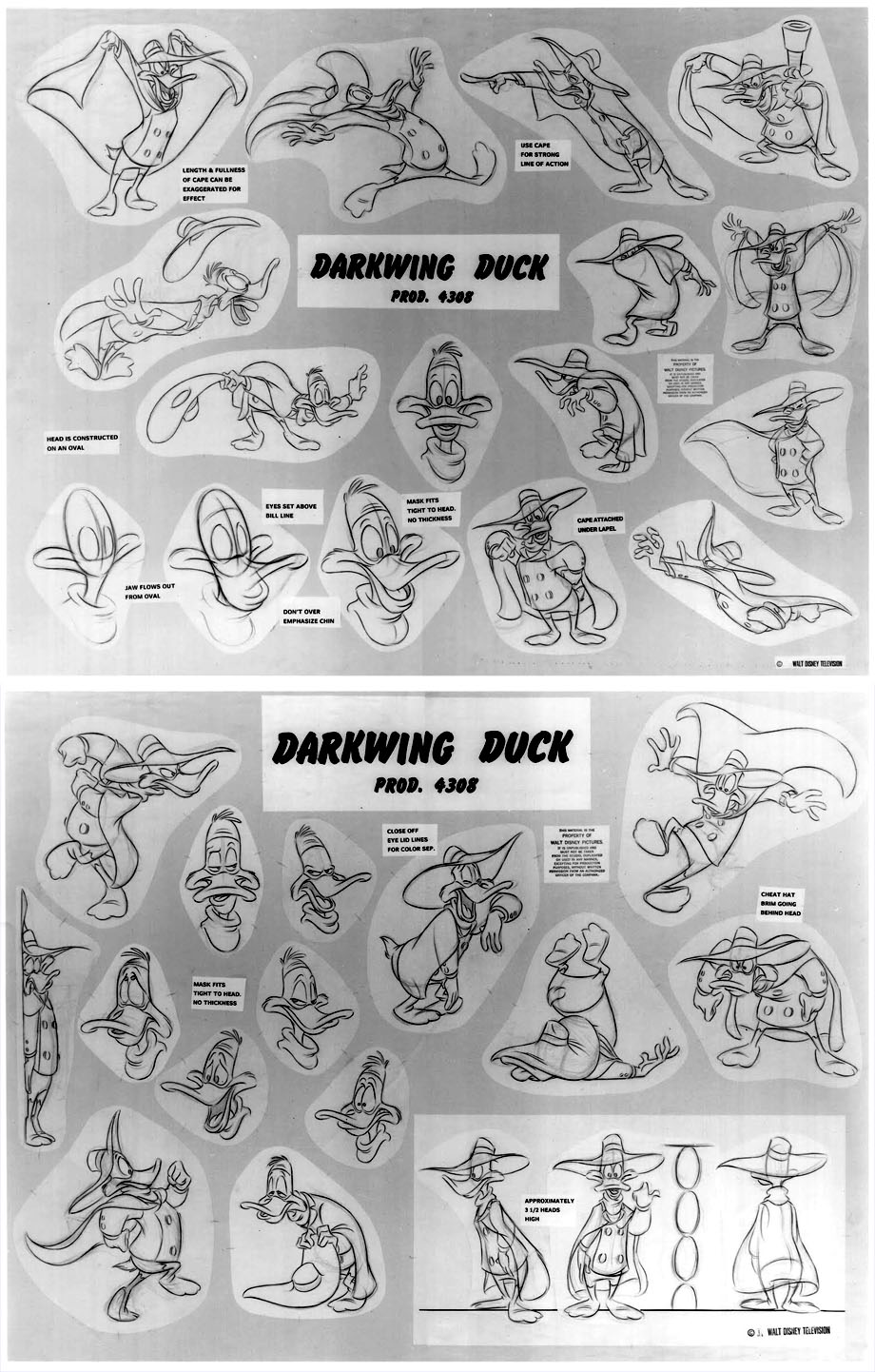

So when I watched Mickey's Christmas Carol on television last Christmas, I knew I had to take a few screen captures from this classic. As shown in the poses below, they help illustrate the power of this imaginary line extending through the main action of the figure for purposes of clear body language and visual storytelling.





So you get the idea.
I've also shown a few samples of the Rule of Thirds in action as well. There should always be one or two hotspots within any given scene, and if one were to align the subject within the range of influence of these hotspots, it always makes for a more energetic and interesting composition. Imagine a pair of lines dividing the picture into thirds horizontally and a second pair dividing it into thirds vertically. Place the most important visual element (usually a significant object, the character's face or sometimes the eyes in a close-up) on one of the points where the lines intersect. Live-action cinematographers use this rule very often. Following this "tic-tac-toe grid" ensures that the main focal point is off center, well balanced, and allows some open space in front of the characters.




Here's lots more samples of strong postures. Observe the line of action and how it conveys the extent and direction of the pose.



You can also create dynamic compositions that help to tell the story by using action/reaction poses. One character causing the action, the other character(s) react or follow the action. By using Opposing Poses like in the examples shown here, you can have characters curved or directed on an arc, other characters have straighter poses, but still aimed on an angle. This kind of dynamic posing sure beats the hell out of characters standing straight up and down all the time.



















The curve in the body's poses is a very common method, the reversal of that curve is important to transition from one posture to the next. Its nice to contrast between backwards and forwards curves in your poses, and also straights against curves.
Triangular composition occurs when the placement of the subjects (or group of elements themselves) form the shape of a triangle. Sometimes to create depth, other times to break up the image for variety in spacing and positioning, and often to create a connection or relationship between the different subjects.





More triangular compositions, and observe how the characters' postures play off each other.



